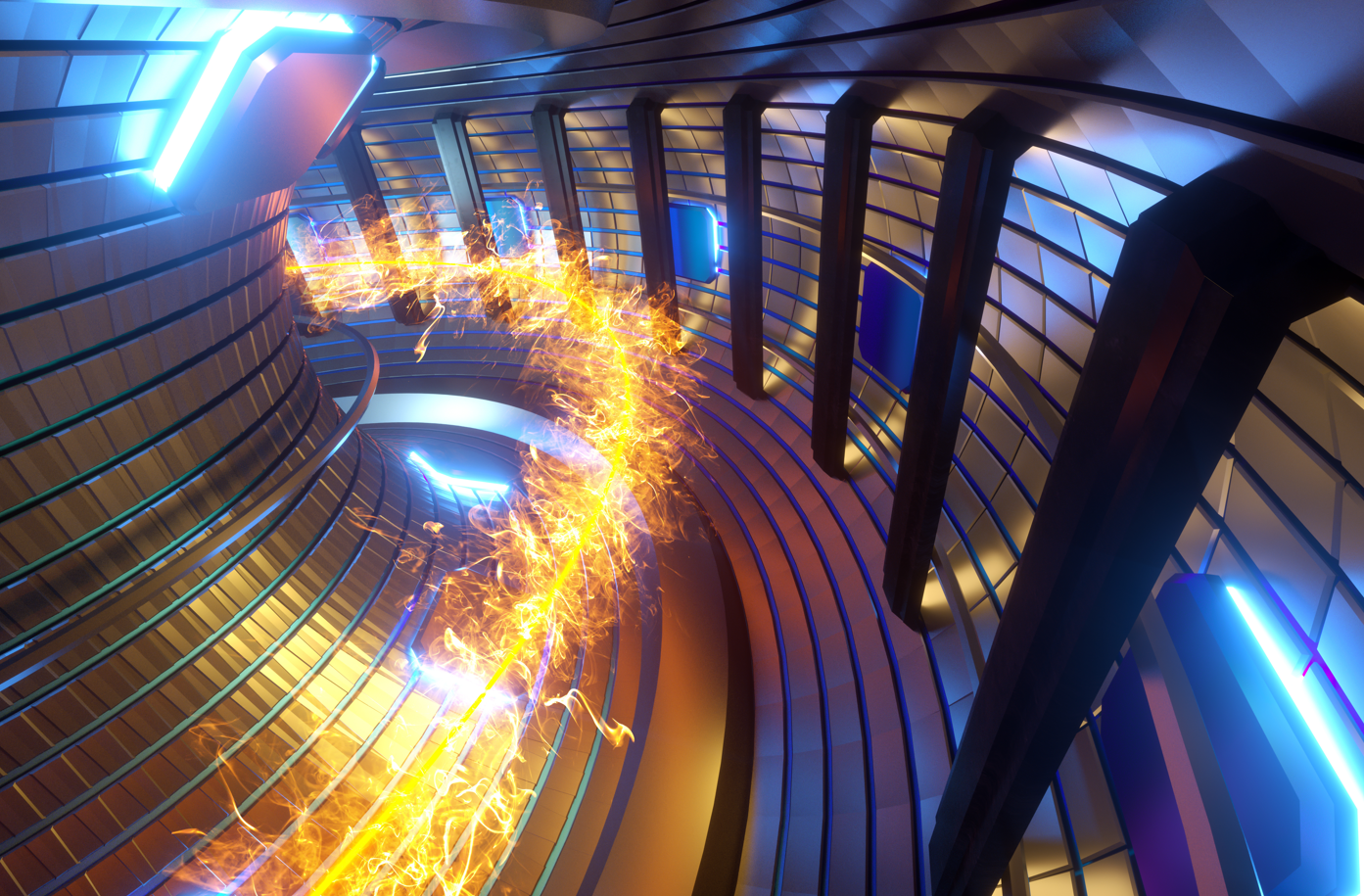The Special Techniques Group at the UKAEA has developed new optical viewport technology that promises to significantly reduce optical distortion. This group, originally established to tackle manufacturing challenges in fusion energy development, uses a diffusion bonding process to precisely assemble and join optical materials like fused silica, quartz, sapphire, and diamond to various metals such as stainless steel and titanium.
Funded through the UK Government Office for Technology Transfer (GOTT) – Knowledge Asset Grant Fund, this project was based on feedback from Project Solace, an initiative focused on gathering expert input from optical viewport users. Users emphasized the importance of optical flatness in reducing distortion of measurements and appreciated the group’s custom engineering capabilities for creating viewport shapes that fit specific instruments like microscopes and magnets.
Following the development of new modeling tools, the Group collaborated with Frazer Nash Consultancy to evaluate multiple viewport design options and identify ways to reduce optical distortion significantly. They found opportunities to improve distortion by up to 75 percent compared to the baseline design.
Tim Bestwick, Deputy CEO for the UKAEA, highlighted that the challenges of fusion research have pushed the Special Techniques Group to develop optical viewports that can operate under extreme conditions with minimal optical distortion. The team has successfully utilized these viewports in fusion experiments and plans to design ultra-low distortion optical viewports for the next generation of quantum computers and sensors. These new designs will be available for various sectors and global markets, including aerospace, beam-line science, and high-power laser applications, to address manufacturing challenges effectively.
The new technology developed by the Special Techniques Group is expected to revolutionize high-vacuum systems used in atomic research by providing scientists with a more accurate and reliable way to observe processes and manipulate atoms using tools such as lasers.

